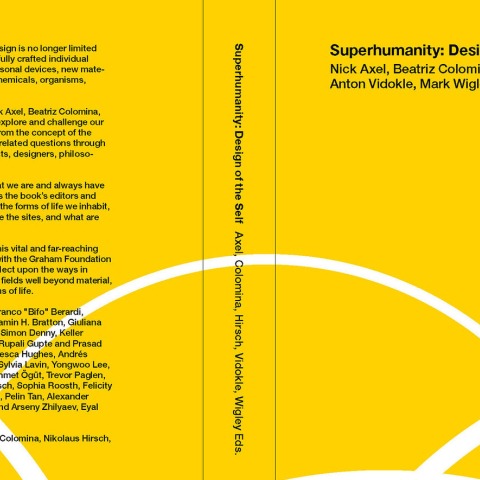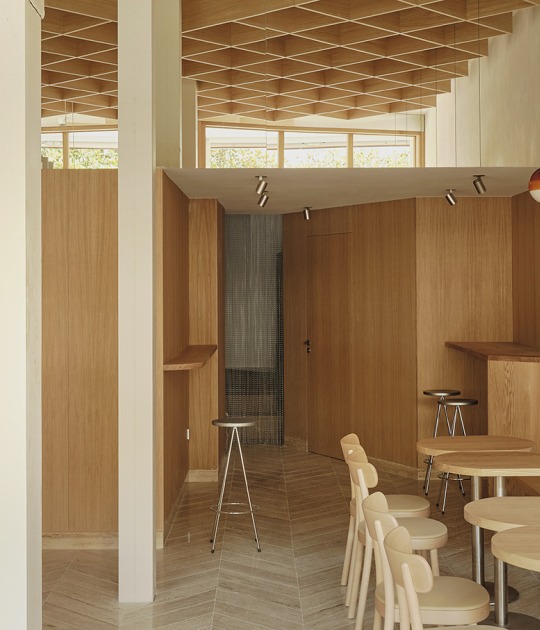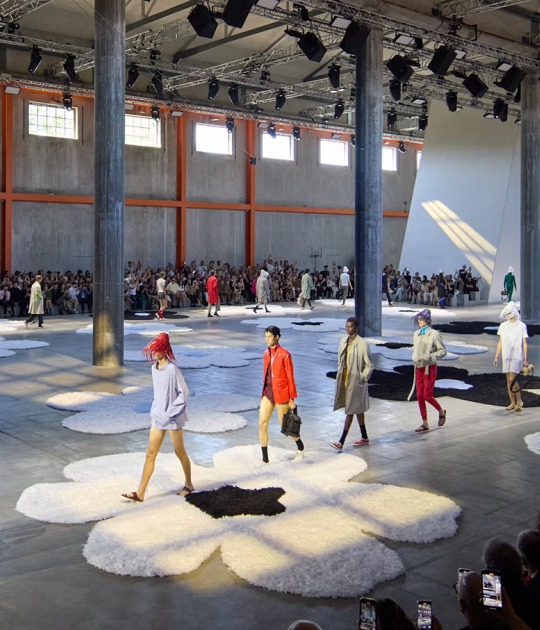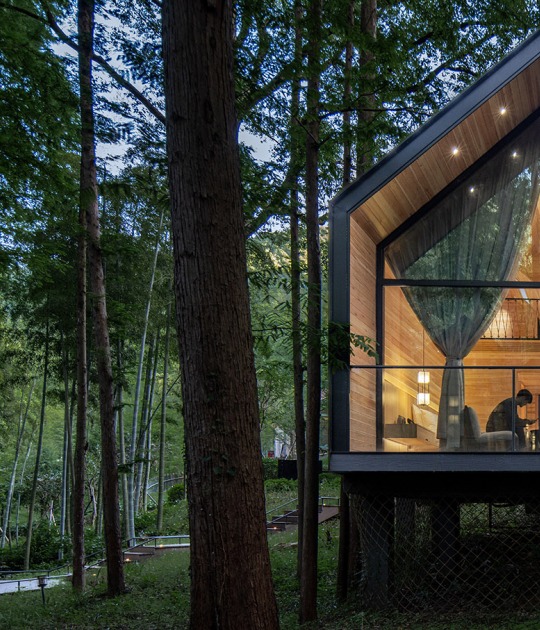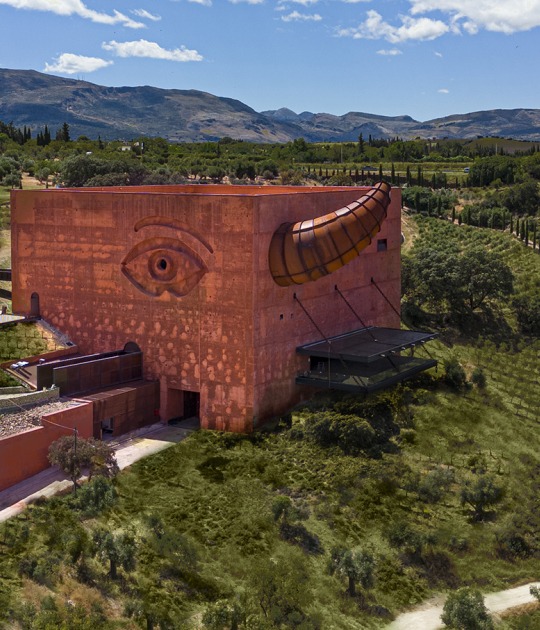The event that is presented at Madrid Design Festival is surely the most interesting for architects. The guests par excellence are the curators of the last Istanbul Design Biennial of 2016, the architects Beatriz Colomina and Mark Wigley, who will be joined by an important group of participants in Istanbul.
The event that is now presented is actually a continuation of that interesting biennial that consolidated a research project that the curators presented under the title Are We Human?, a project that has been growing, according to its authors, through other events in Havana, Seoul and Princeton.
The comparison between that biennial in Istanbul and the first Madrid Design Festival, may be useless, by scale, time and commissioners. The current Madrid Design Festival, at least in this first edition, has focused on a clearly classical vision, if it can be name that, of design. That of Istanbul was posed in a risky context (perhaps these is comparable to Madrid, until now not very affective with the culture of design), with a strong curators and a propositional and clear expositon of the ideas.
That Biennial was an experiment, a research project, a propositive manifesto of the current situation of design and humanity who develops it, although with more diffuse links and little legible in its relationship with architecture. What is the leitmotiv of Madrid Design Festival? Surely more re-editions of the event will be necessary so that we can see and consolidate the meaning of such an ambitious proposal, which at the moment wastes energy, without being very clear about where it want to go.
It is true that in Istanbul was the third edition of a Biennial that this year presents its fourth edition and Madrid has just begun. It is true that a Biennial of design as atypical as the Istanbul Biennial, is only possible from the strangeness that the same context could generate, and Madrid, is easer follow to other ideas of design festivals such as those in Milan or London. But it is also necessary to remember that an event which opens this week, such as ARCO, which has sailed through even more stormy waters, has constantly demanded its meaning until finding clear objectives in the complex market-and-show world of contemporary art. A sense that has not been demanded in the first edition of this Festival, but that is necessary to articulate if it want to have continuity.
I remember that in the interview to Beatriz Colomina and Mark Wigley, the principal of Volume, Arjen Oosterman, insisted on questioning the meaning of a Design Biennial in relationship with Architecture, from an European concept (Dutch, German, French ... also Spanish) in the one that the design is seen from others with a certain degree of questioning. Beatriz and Mark, they explained it very well, they were the curators and they were developing their vision. Surely this year's edition, curated by Jan Boelen, has little to do with that approach.
"Yes," design "is a clearly English term. [...] It is a totally British word that came out of a very particular situation and is still an Anglo-Saxon idea," said Beatriz Colomina.
In any case this two day international event will bring together a galaxy of architects, artists, performers, designers, and philosophers to explore the radical redesign of the human and its environments with Social Media. Social Media has become the ultimate design platform, putting the very idea of design on steroids. A whole new conversation for a whole new species is needed.
This event brings together the curators of the Superhumanity project with an array of brilliant experts on social media based in Spain. The speakers include: Beatriz Colomina, architectural historian working on the urbanism of social media; Eloy Fernandez-Porta, a philosopher specializing in after-pop; Uriel Fogue, architect that works in the dialogue between philosophy and design; FruFru, architects and performers; Juan Herreros, architect working on new species of architect; Nikolaus Hirsch, architect, curator, and editor of e-flux Architecture; Andres Jaque, architect working on new forms of architectural politics; Maria Jerez, a performer who explores the representation in the age of social media; Amparo Lasen, sociologist whose research is focused in the politics of everyday; Ivan Lopez Munuera, co-curator of this event and researcher working in the intersection of art and architecture with musical practices; Cristina Lucas, transdiciplinar artist; Manuel Segade, writer and curator, director of CA2M; Mark Wigley, architectural theorist working on the question of the Human Insect; and José María Lasalle, Secretary of State for the Information Society and Digital Agenda of Spain.
DAY 1: Yellow Fever
5 to 7:30pm, February 19
The first day of the event will be devoted to presenting and exploring two yellow books on the question of designing the human:
–Are We Human? Notes on an Archeology of Design (Lars Muller) by Beatriz Colomina and Mark Wigley
–Superhumanity: Design of the Self (University of Minnesota Press), edited by Nick Axel, Beatriz Colomina, Nikolaus Hirsch, Anton Vidokle, and Mark Wigley
DAY 2: SM Humans
10am to 7:30pm, February 20
The second day will be a full day series of three intense panels on the social media themes of Share, Selfie, and Like.
This event is the fourth in a series of Superhumanity events following the ones in Havana, Seoul and Princeton that were dedicated to the themes of Artist X Artista, Post-Labor, Psycho-Pathology, Plasticity and Russian Cosmism.
The Superhumanity project grew out of the 3rd Istanbul Design Biennial of 2016 curated by Beatriz Colomina and Mark Wigley on the theme Are We Human? The Design of the Species. Colomina and Wigley captured their reflections on the subject in the little yellow book Are We Human? Notes Towards an Archeology of Design (Lars Muller, 2016) that will be presented at this event in Madrid. They wanted to challenge conventional norms of a Design Biennial by expanding this ambitious interdisciplinary conversation beyond the time and space of that event and partnered with Anton Vidokle and Nikolaus Hirsch to inaugurate the e-flux architecture platform with the Superhumanity project. 50 writers from scientists, artists, architects, designers, philosophers, historians, archeologists and anthropologists were invited to address the theme of the Biennial by focusing on the question of “Self-Design” in a series of on-line postings that appeared every two or three days for several months. All these postings have just been published in a not so little yellow book edited by Axel, Colomina, Hirsh, Vidokle and Wigley entitled Superhumanity: Design of the Self (University of Minnesota Press, 2017) that will also be presented in Madrid.
